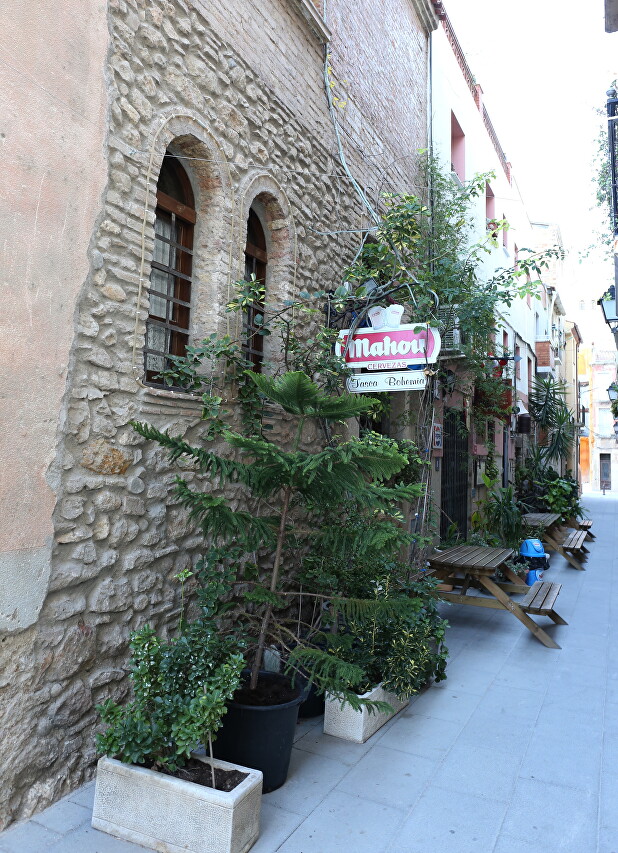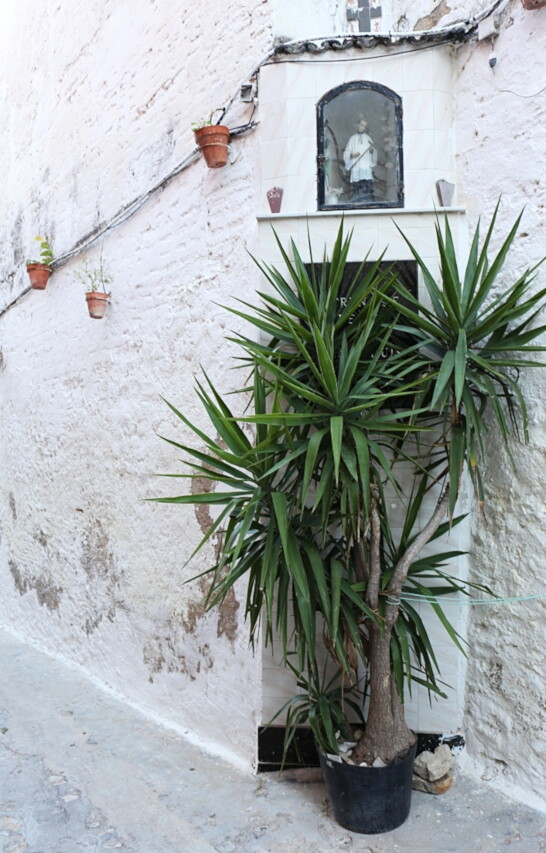San Juan Monastery Church and Around, Tortosa
From Plaza del Mosén Sol, I turned into the narrow street of Carrer de l'Escorxador, where I found several cozy restaurants. The name of the street translates as "slaughterhouse", which, presumably, was located in this area. Later, at the beginning of the 20th century, a municipal slaughterhouse complex was built on the banks of the Ebro River, which became an excellent example of Art Nouveau style.

Tasca Bohemia wine Bar and Tortosa Motorcycle Club at the same time. It is hard to imagine how drinking alcohol is combined with riding a motorcycle.

Turning left and walking another block, I saw the facade of the Baroque church that belonged to the monastery of San Hunan (Església i convent de Sant Joan). The church was built in 1734, after the capture of Tortosa by Napoleon's troops in 1811, the monastery housed a hospital and army warehouses, the monks returned to the building only in 1914. During the Civil War, in 1936, the monastery was shelled and burned down, after restoration in 1941, the monastery operated until 1967. The building is now occupied by the Institute of Social Services and the School of Art and Design.

Opposite the church is a recently improved square with a well, stylized in the old days. The authorities of Tortosa are gradually removing the slums and ruins left over from the Battle of the Ebro.

Along the street of St. Louis (Carrer de Sant Lluís de Campredó) stretches a blank monastery wall decorated with flower pots. In the middle of the wall in 1990, a street altar with a figure of St. Louis was built.

It was Sunday, and even though it was already nine-thirty in the morning, I didn't see anyone but cats on the block.
